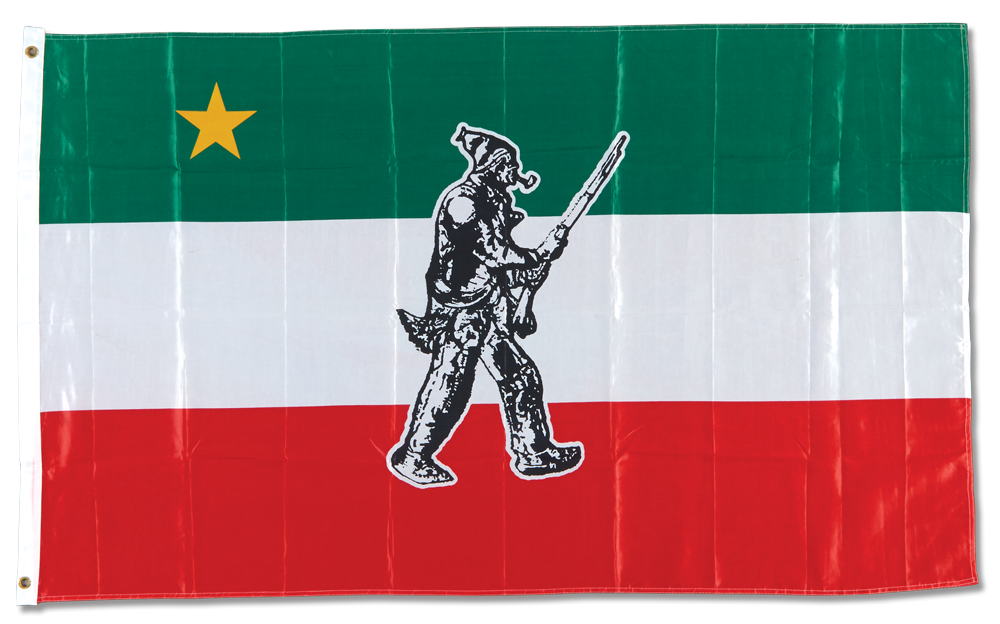
The spooner bomb disposal suit weighed 38 kilograms. Many of the bombs were defused by a cheap pair of wire cutters.
Canadian Museum of History
Robert Côté of Montreal owes his life to these $3.95 wire-cutting pliers he bought at a hardware store in 1963. He used them to defuse dozens of bombs during the seven-year terror campaign of the Front de libération du Québec.
Côté, retired head of Montreal’s police bomb squad, estimated that about a third of FLQ bombs were defused or detonated by experts (or were duds).
But “there were 200 bombs that did explode,” said Xavier Gélinas, curator of political history at the Canadian Museum of History. In Montreal in the 1960s, bombs “were always in our mind; always, constantly.”
The FLQ embraced violence to achieve political and social reform—armed robbery, bombings, hijackings, kidnappings and murder. Eight people were killed in the violence, dozens maimed and hundreds injured.
The FLQ targeted symbols of colonialism and English-speaking businesses and institutions, but its victims were often ordinary working people. The bomb was its signature weapon. It used Molotov cocktails in firebombings and pilfered dynamite from construction sites scattered across the city in the building boom preceding Expo 67.
Bombs were set at the homes of the mayor and the police chief, the city’s main communications tower, RCMP headquarters, military sites, city hall, a Royal Canadian Legion hall, the Montreal Stock Exchange, schools and McGill University.
Canadian Museum of History
Canadian Museum of History

The Front de libération du Québec put on its flag the figure of an armed habitant, the historic symbol of earlier francophone rebels.
Canadian Museum of History
The FLQ formed in February 1963, immediately taxing the police force’s sole bomb-disposal expert. In April, bombs rocked a federal tax building, Montreal’s Central Station and a CN Railway line over which the prime minister was about to travel. Veteran William Vincent O’Neill was killed by a bomb at an army recruiting centre.
More bomb experts were needed. Trained by the Royal Canadian Engineers, a new bomb squad, including Côté, started work on May 10.
Fifteen bombs were planted in 11 mailboxes in Westmount, an affluent anglophone neighbourhood, on May 17. They were made of three sticks of dynamite, a small battery and a detonator wired to a Dax pocket watch, reports D’Arcy Jenish in The Making of the October Crisis. Five blew up in the middle of the night.
Army engineers were called in to help. After defusing two, a third bomb blew up in Sergeant Walter Leja’s hands. He lost an arm, suffered brain damage and paralysis, lost hearing and speech and spent most of the rest of his life at the veterans’ hospital in Sainte-Anne-de-Bellevue, dying in 1992.
Côté often handled dynamite bombs bare-handed, snipping the wire connecting the timing device to the detonator. In his car trunk, he kept an awkward, hot, armoured suit weighing 38 kilograms, manufactured by Spooner Armor Protective Equipment in the United States. It was put to good use.
Côté defused his last bomb on July 12, 1970—45 kilograms of dynamite in a car left in the alley connecting the four buildings of the Bank of Montreal’s head office.
“Had I failed that day, they would have scraped our remains off the walls and sent them to three or four funeral homes,” said Côté in Jenish’s book.
Years of the FLQ terror campaign, from 1963 to 1970
People killed
People injured in the Montreal Stock Exchange bombing on Feb. 13, 1969
Weight of bomb-disposal suit
Bombs exploded
Days between first and last FLQ bombs